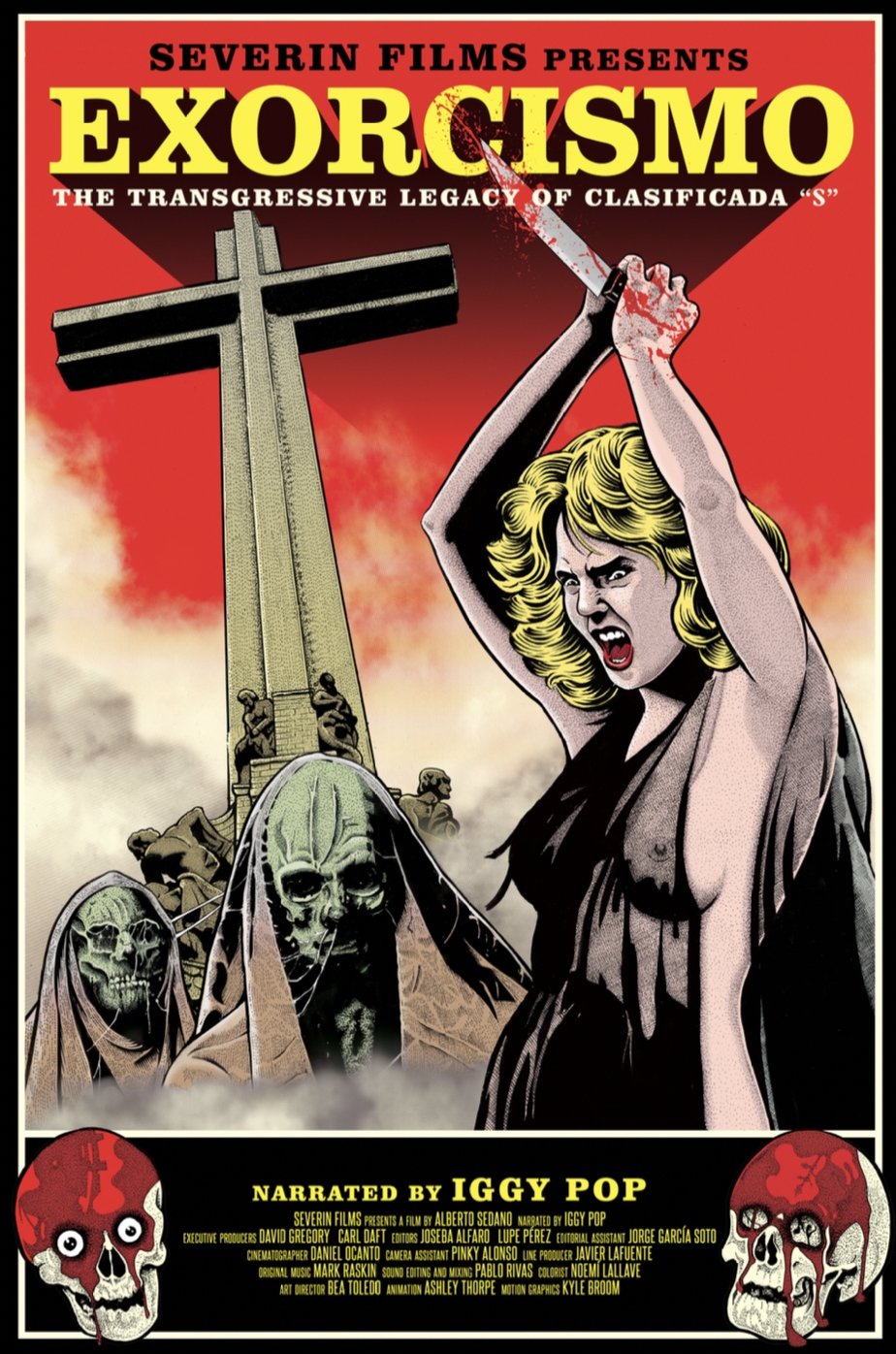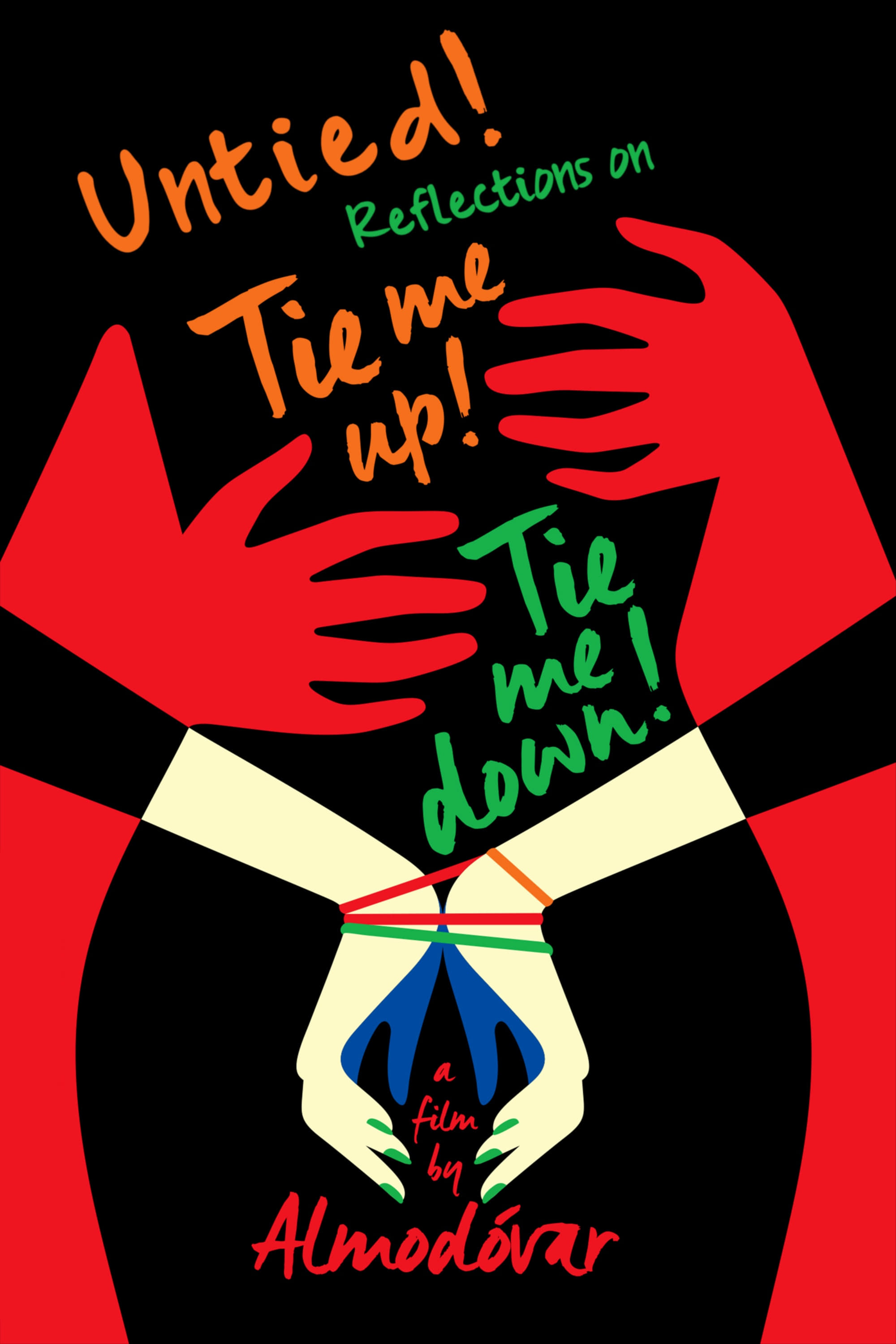
Overview
José Luis Alcaine
Known For

Exorcismo: The Transgressive Legacy of Clasificada 'S'
Franco's death in 1975 opened the doors to the possibility...

Untied! Reflections on Tie Me Up! Tie Me Down!
Produced in 2014, this documentary about the making of TIE...
Biography
José Luis Alcaine Escaño (born 26 December 1938) is a Spanish cinematographer. Educated in Tangier, he was the first cinematographer to use a fluorescent tube as key lighting in the 1970s. He has worked on films such as Belle Époque (Academy Award for Best Foreign Language Film, 1993), Two Much (1995), Blast from the Past (1999), and The Skin I Live In (2011). In this Spanish name, the first or paternal surname is Alcaine and the second or maternal family name is Escaño. He won the European Film Award for Best Cinematographer for Volver, and has received five Goya Awards for best cinematography.
